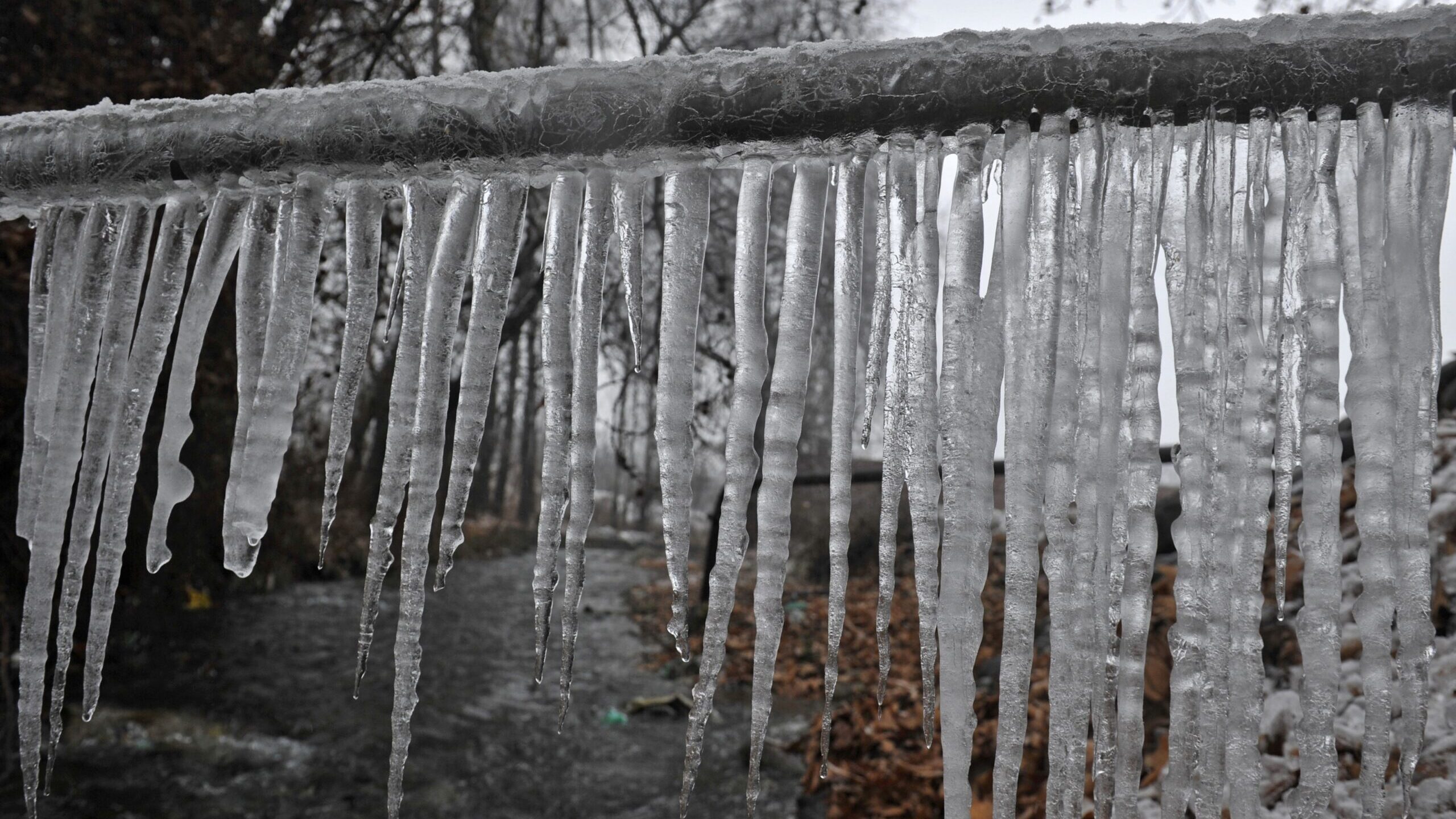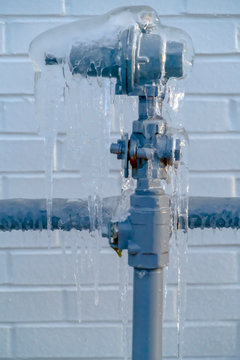Preventing Frozen Pipes in Winter: Professional Advice
Preventing Frozen Pipes in Winter: Professional Advice
Blog Article
We have unearthed this article relating to How to Prevent Your Pipes From Freezing below on the web and concluded it made good sense to relate it with you here.

Cold weather can ruin your plumbing, especially by freezing pipelines. Below's exactly how to stop it from occurring and what to do if it does.
Introduction
As temperature levels drop, the threat of icy pipes rises, potentially causing costly repair services and water damages. Understanding exactly how to prevent icy pipelines is important for house owners in chilly climates.
Understanding Frozen Pipelines
What creates pipes to freeze?
Pipes ice up when revealed to temperatures below 32 ° F (0 ° C) for expanded durations. As water inside the pipelines freezes, it increases, taxing the pipe wall surfaces and potentially causing them to rupture.
Dangers and damages
Frozen pipes can result in water disruptions, building damages, and costly repair services. Burst pipes can flooding homes and trigger substantial structural damages.
Signs of Frozen Pipes
Recognizing frozen pipelines early can avoid them from bursting.
Just how to determine icy pipelines
Look for decreased water circulation from faucets, uncommon odors or sounds from pipelines, and visible frost on revealed pipes.
Avoidance Tips
Insulating vulnerable pipes
Cover pipes in insulation sleeves or make use of warmth tape to shield them from freezing temperature levels. Focus on pipes in unheated or exterior locations of the home.
Heating strategies
Maintain interior rooms appropriately heated up, especially locations with plumbing. Open up cupboard doors to enable cozy air to distribute around pipelines under sinks.
Securing Outdoor Pipes
Yard tubes and exterior taps
Disconnect and drain garden hoses before winter season. Install frost-proof faucets or cover exterior faucets with protected caps.
What to Do If Your Pipes Freeze
Immediate actions to take
If you think icy pipes, keep taps open up to eliminate pressure as the ice thaws. Utilize a hairdryer or towels soaked in hot water to thaw pipes slowly.
Long-Term Solutions
Architectural modifications
Consider rerouting pipes away from outside wall surfaces or unheated areas. Include additional insulation to attic rooms, cellars, and crawl spaces.
Updating insulation
Buy high-quality insulation for pipes, attics, and walls. Proper insulation helps maintain regular temperatures and minimizes the threat of icy pipes.
Conclusion
Preventing icy pipes calls for proactive steps and quick responses. By comprehending the reasons, signs, and preventive measures, house owners can secure their plumbing throughout cold weather.
5 Ways to Prevent Frozen Pipes
Drain Outdoor Faucets and Disconnect Hoses
First, close the shut-off valve that controls the flow of water in the pipe to your outdoor faucet. Then, head outside to disconnect and drain your hose and open the outdoor faucet to allow the water to completely drain out of the line. Turn off the faucet when done. Finally, head back to the shut-off valve and drain the remaining water inside the pipe into a bucket or container. Additionally, if you have a home irrigation system, you should consider hiring an expert to clear the system of water each year.
Insulate Pipes
One of the best and most cost-effective methods for preventing frozen water pipes is to wrap your pipes with insulation. This is especially important for areas in your home that aren’t exposed to heat, such as an attic. We suggest using foam sleeves, which can typically be found at your local hardware store.
Keep Heat Running at 65
Your pipes are located inside your walls, and the temperature there is much colder than the rest of the house. To prevent your pipes from freezing, The Insurance Information Institute suggests that you keep your home heated to at least 65 degrees, even when traveling. You may want to invest in smart devices that can keep an eye on the temperature in your home while you’re away.
Leave Water Dripping
Moving water — even a small trickle — can prevent ice from forming inside your pipes. When freezing temps are imminent, start a drip of water from all faucets that serve exposed pipes. Leaving a few faucets running will also help relieve pressure inside the pipes and help prevent a rupture if the water inside freezes.
Open Cupboard Doors
Warm your kitchen and bathroom pipes by opening cupboards and vanities. You should also leave your interior doors ajar to help warm air circulate evenly throughout your home.

As a person who reads on Prevent Frozen Pipes , I thought sharing that post was essential. Do you know another individual who is enthusiastic about Prevent Frozen Pipes ? Feel free to share it. I am grateful for your time. Don't forget to visit our blog back soon.
Book Service Report this page